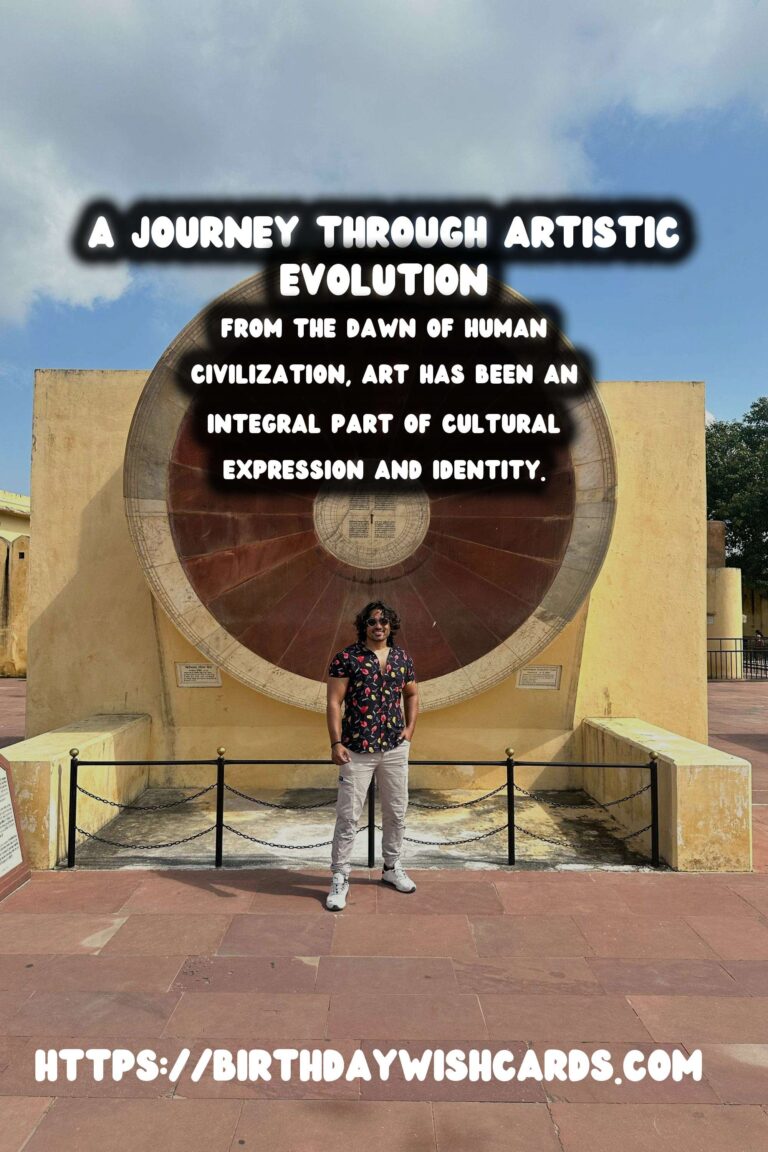
From the dawn of human civilization, art has been an integral part of cultural expression and identity. Its evolution from primitive cave paintings to sophisticated modern galleries tells a fascinating story of human creativity and societal change.
The Dawn of Art: Cave Paintings
Art can trace its origins back to prehistoric times. The earliest known artworks are cave paintings found in regions such as Lascaux, France, and Altamira, Spain. These paintings, created using natural pigments, depict scenes of hunting and various animals, offering a glimpse into the lives and surroundings of early humans.
These primitive artworks were not merely decorative; they served as means of communication and ritual, reflecting the spiritual and everyday experiences of early societies.
Classical Antiquity: The Rise of Realism
During classical antiquity, the art of ancient Greece and Rome brought forth advancements in realism and anatomical precision. Sculptures from this period, such as the Venus de Milo and the Discobolus, showcased a deep understanding of the human form and conveyed emotions with remarkable skill.
Art became a powerful tool of propaganda and storytelling, immortalizing gods, heroes, and the elite in marble and bronze. This era established foundational techniques that would influence art for centuries to come.
The Middle Ages: Spiritual and Symbolic Art
The Middle Ages saw a shift towards religious and symbolic art. Dominated by religious themes, paintings, and sculptures from this period, primarily adorned churches and cathedrals. Gothic art thrived through stained glass windows, frescoes, and illuminated manuscripts which depicted biblical stories with intricate detail and vibrant colorings.
Art was mainly used for religious education and inspiration, serving as a bridge between humanity and the divine.
The Renaissance: Rebirth of Classical Ideals
The Renaissance marked a vibrant revival of classical antiquity and humanistic values. Artists like Leonardo da Vinci, Michelangelo, and Raphael pushed the boundaries of creativity, exploring perspective, anatomy, and emotion with unrivaled mastery.
This period emphasized individuality and the natural world, sparking the creation of timeless masterpieces such as the Mona Lisa and the Sistine Chapel ceiling.
Modern Art: Innovation and Diversity
Modern art, beginning in the late 19th century, radically redefined artistic expression. Movements like Impressionism, Cubism, and Surrealism challenged conventional norms, emphasizing experimentation and abstraction.
Artists like Pablo Picasso and Vincent van Gogh ushered in bold new styles that questioned the boundaries of traditional art, reflecting the rapidly changing world around them.
Contemporary Art: A Global Perspective
Today, contemporary art encompasses a diverse array of media, techniques, and themes. Modern galleries and institutions exhibit artworks addressing cultural, political, and environmental issues from a global perspective.
Technology and globalization have expanded the possibilities of art, allowing for interactive installations, digital art, and multimedia experiences, making art more accessible and engaging than ever before.
Conclusion
The history of art is a testament to the enduring human spirit of creativity and expression. Each era, with its unique style and perspective, has contributed to the rich tapestry of art as we know it today.
As art continues to evolve, it remains a profound reflection of society, capturing the essence of time and provoking thought across generations.
From the dawn of human civilization, art has been an integral part of cultural expression and identity. During classical antiquity, the art of ancient Greece and Rome brought forth advancements in realism and anatomical precision. 
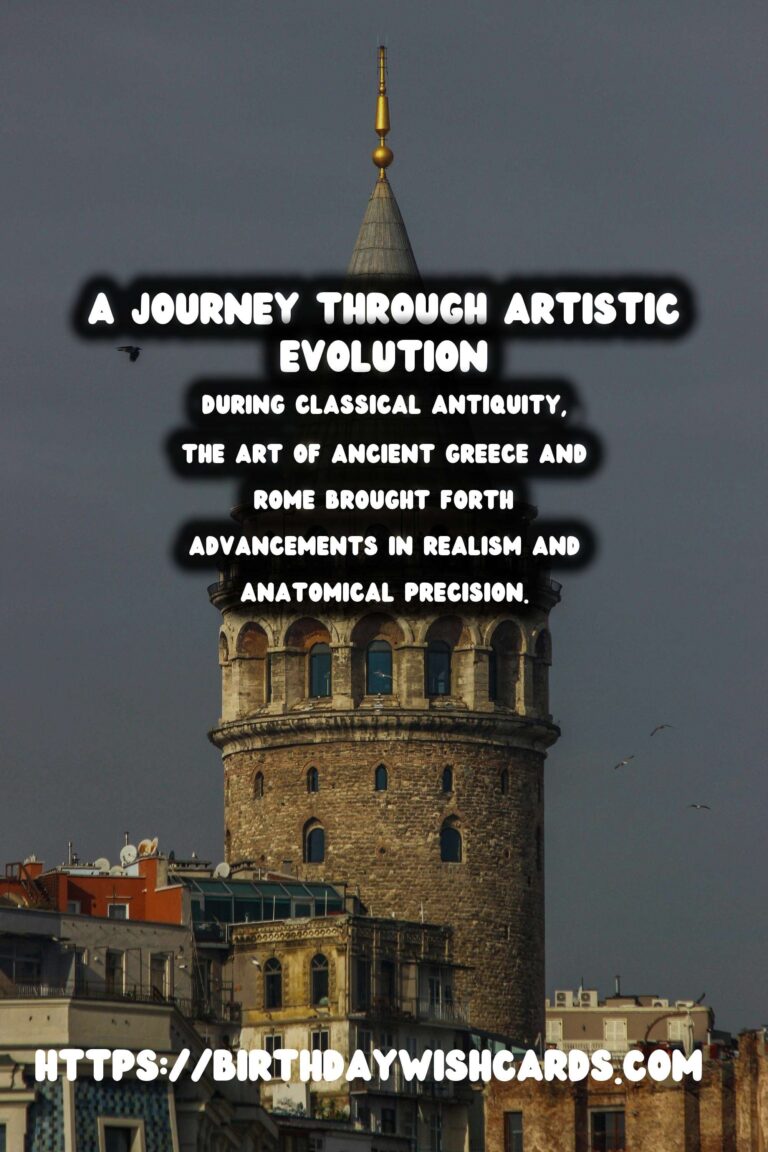
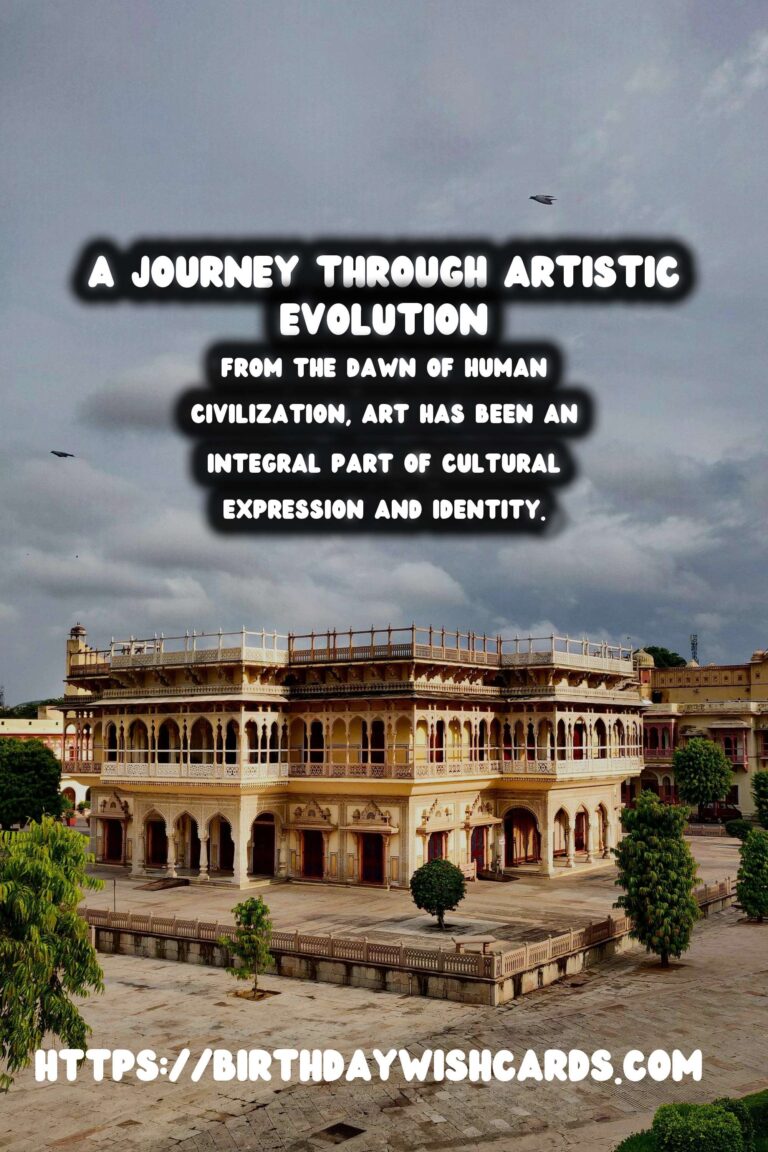
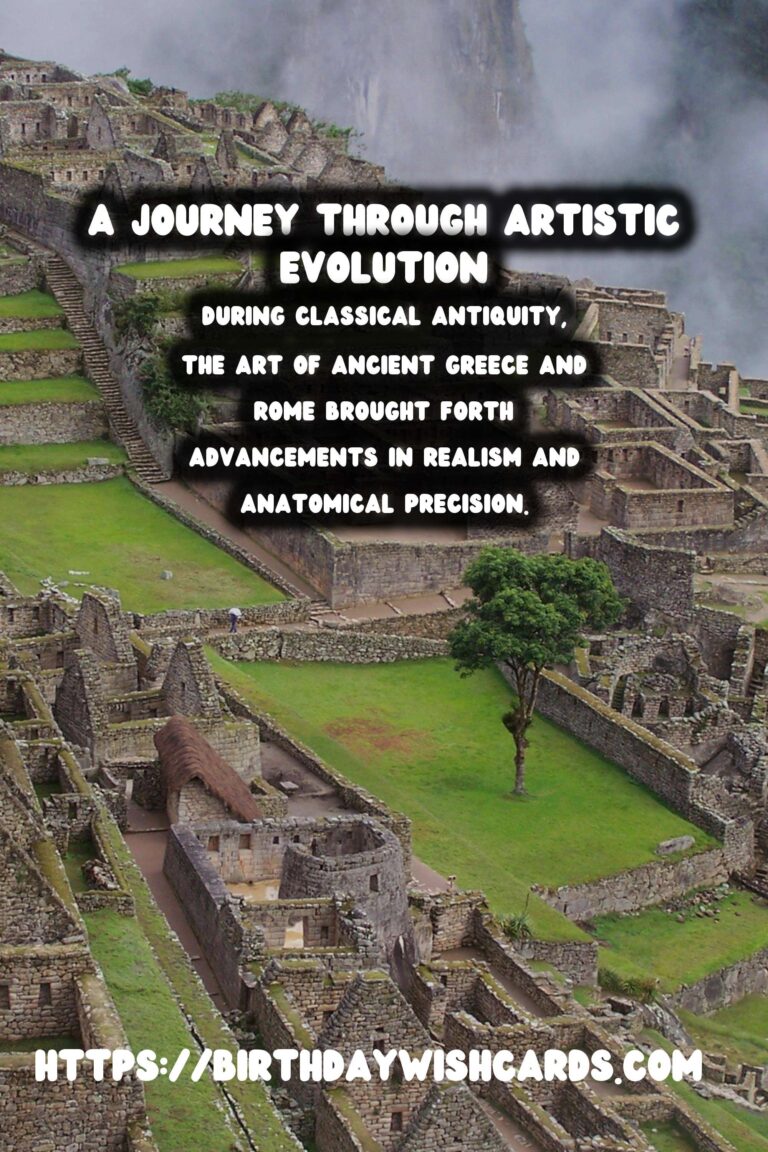
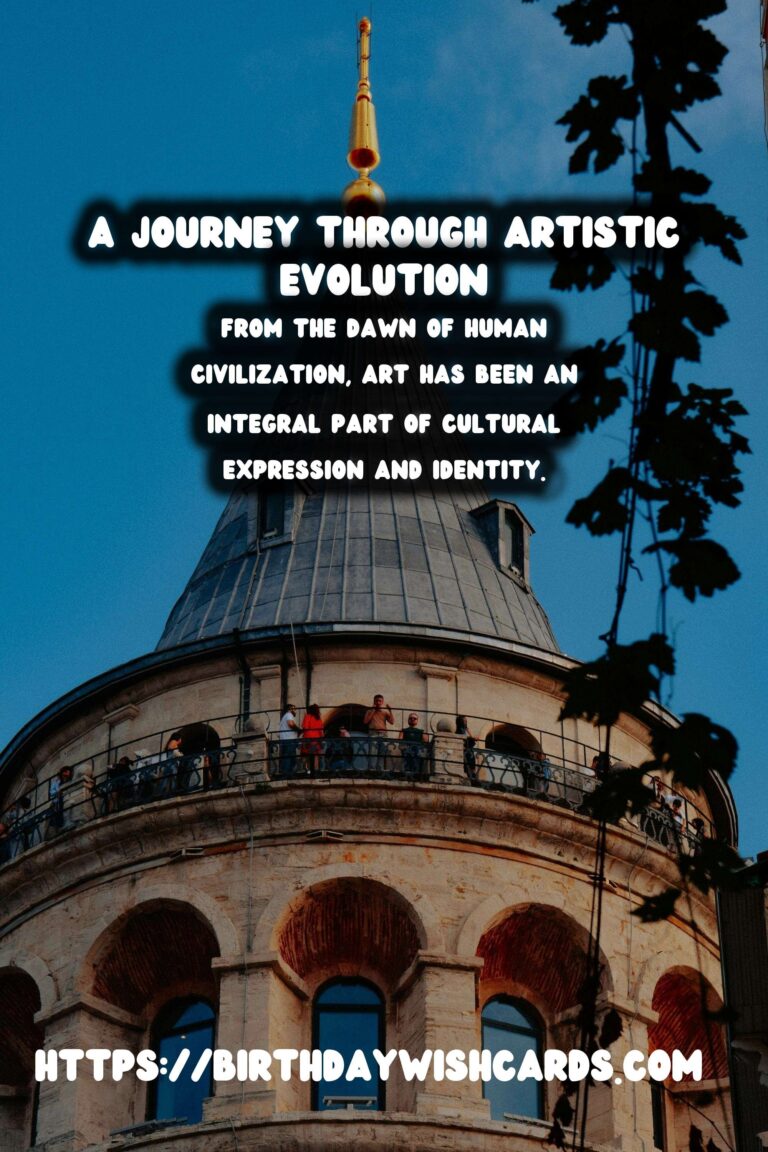
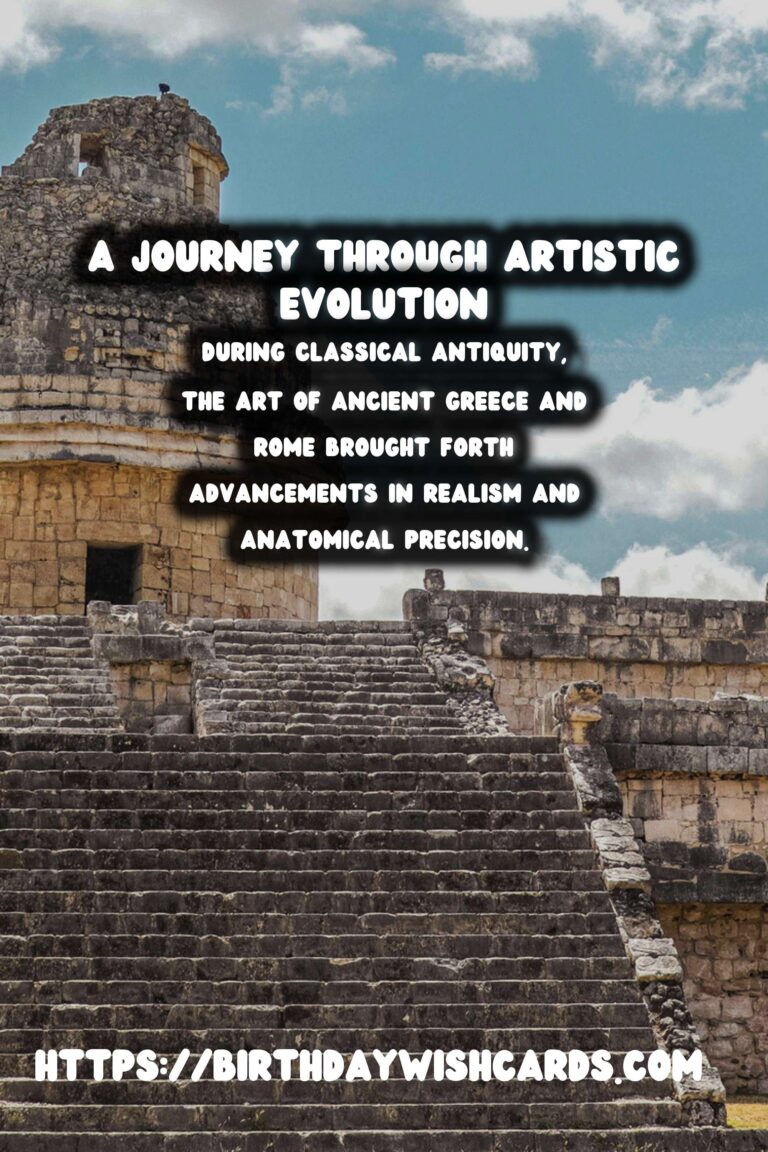
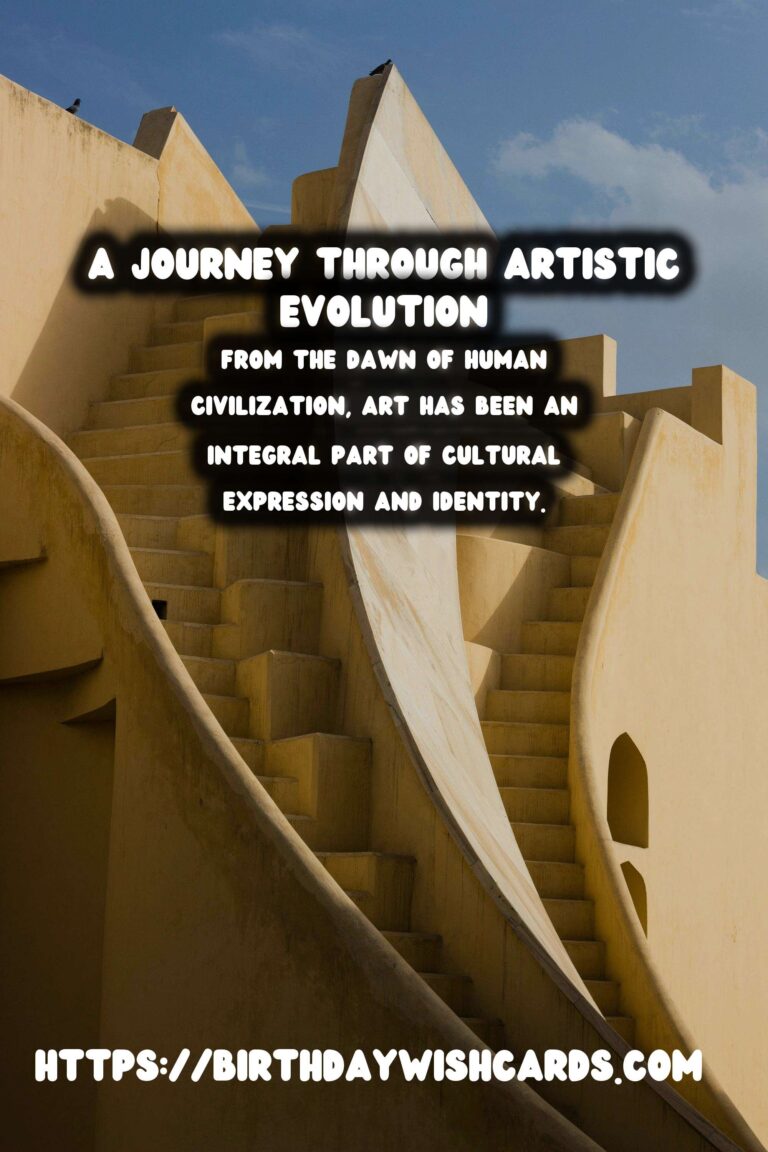
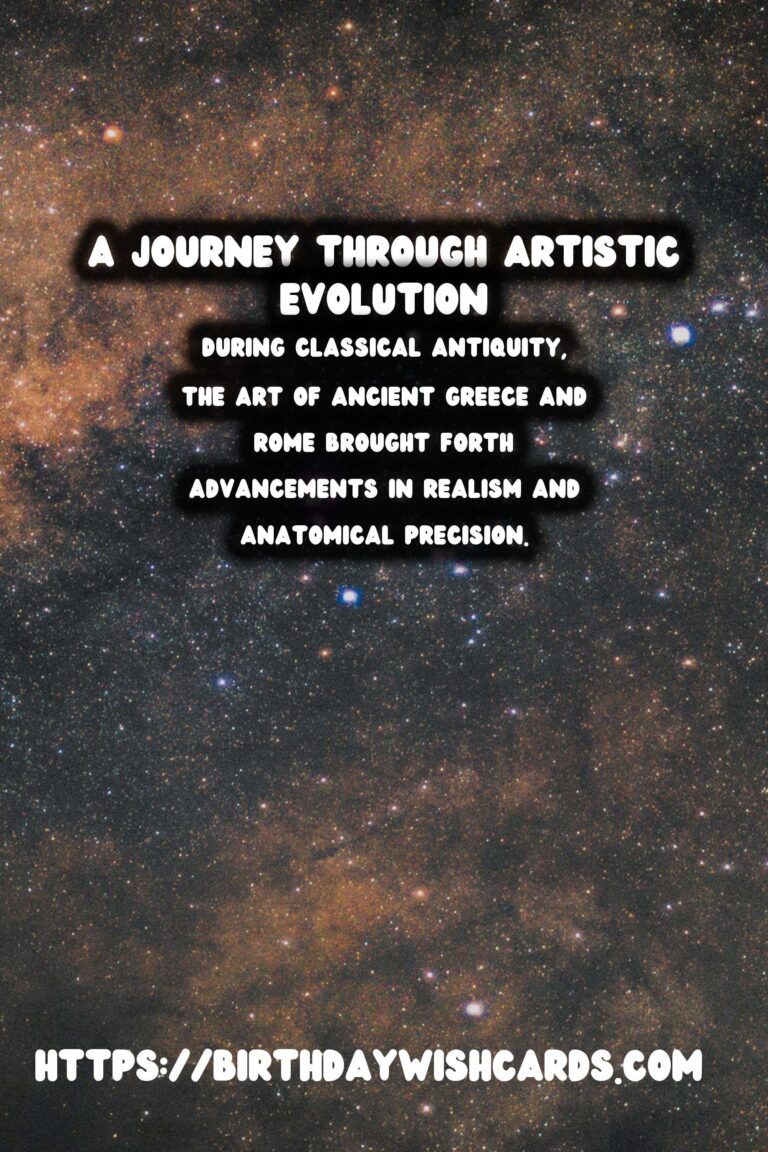
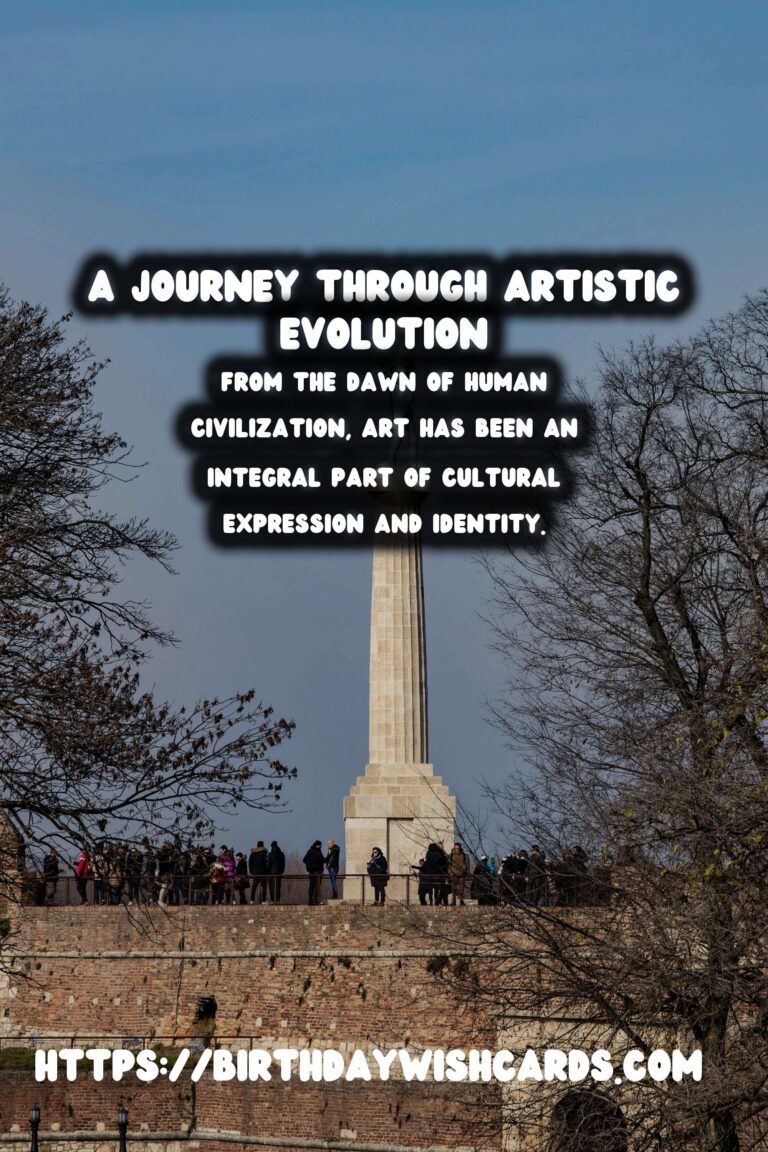
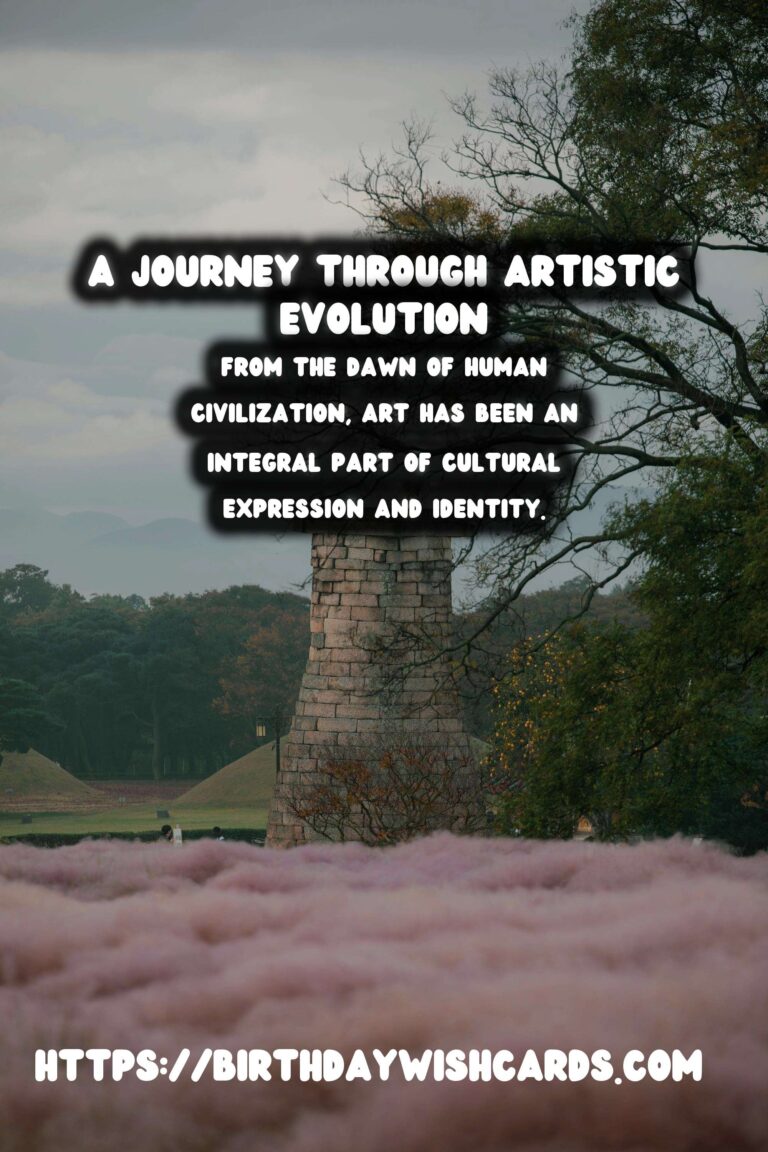
#ArtHistory #ModernGalleries




